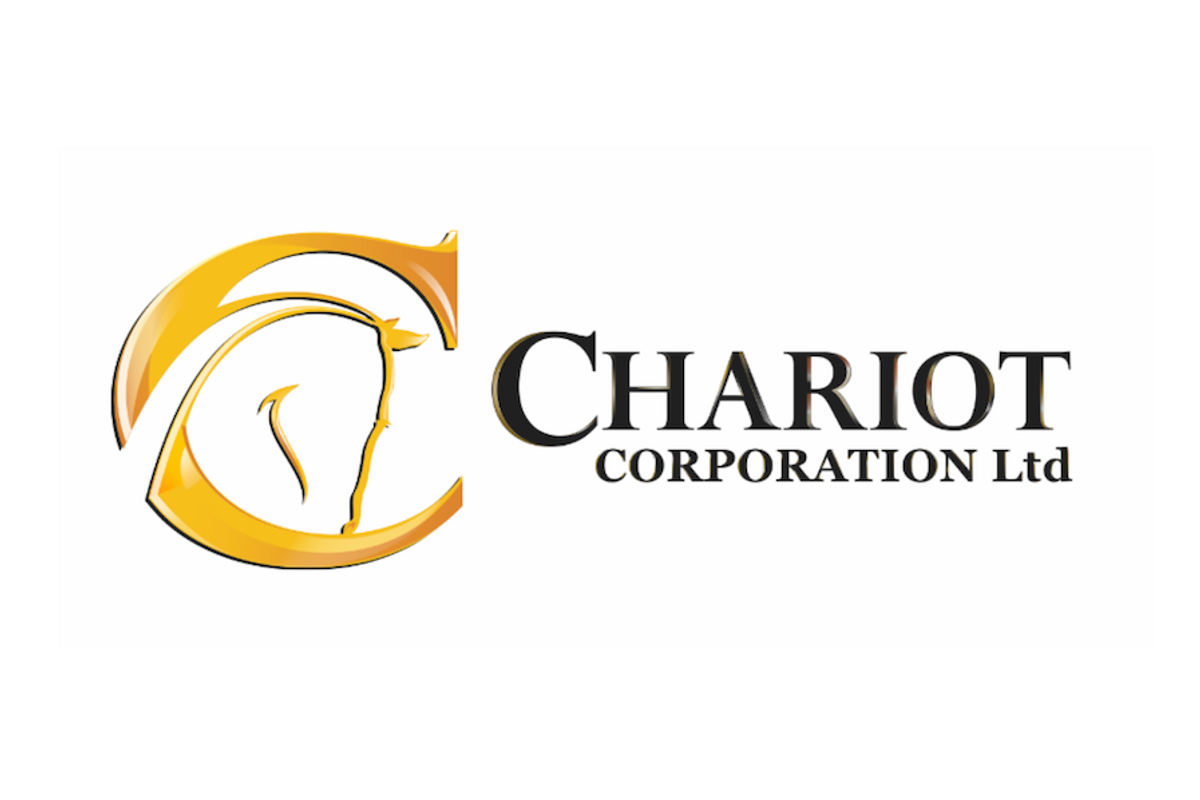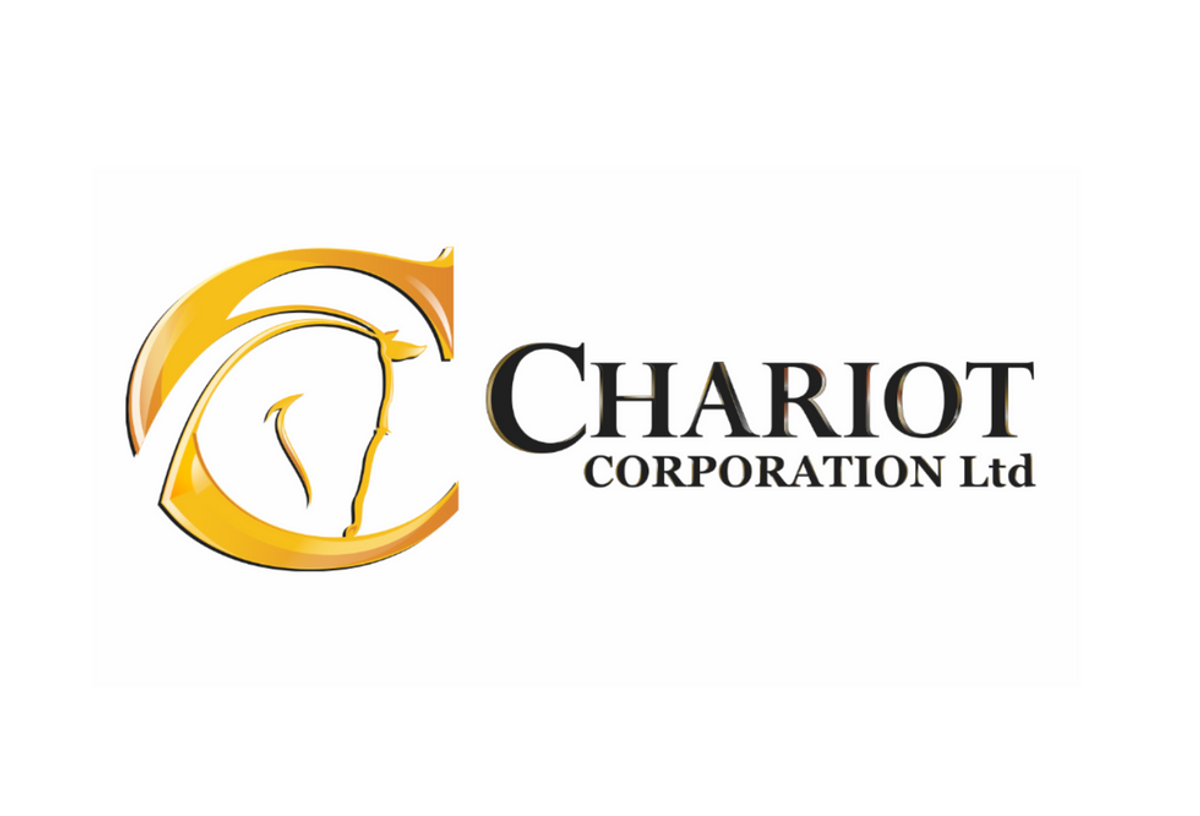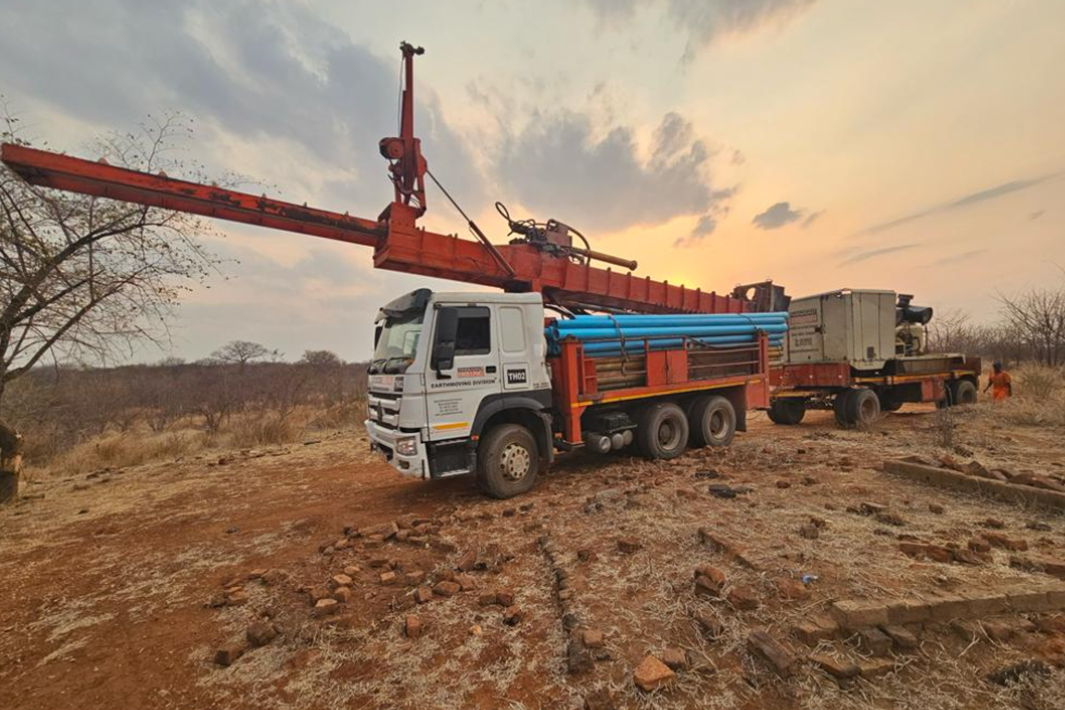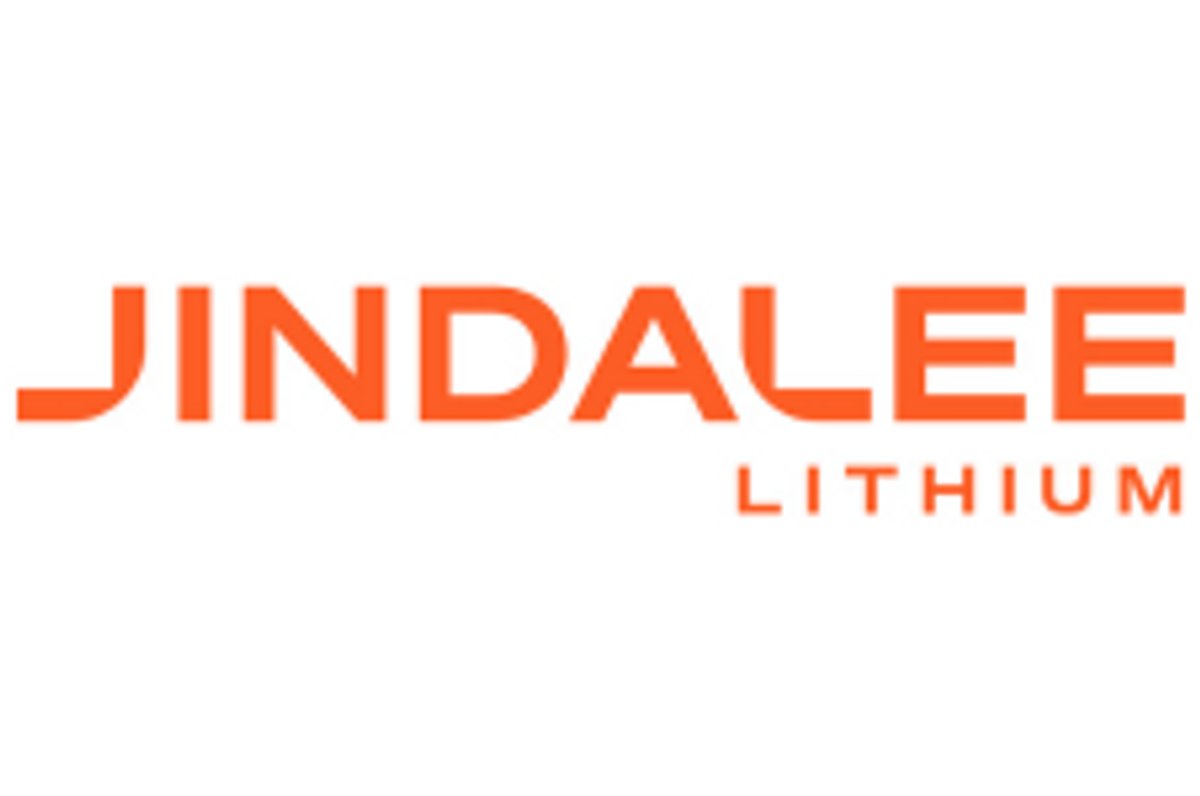
April 25, 2024
Chariot Corporation Limited (“Chariot”, “CC9” or the “Company”) is pleased to present our Activities Report and Appendix 5B for the period ending 31 March 2024. In the first quarter of 2024, the Company announced its first hard rock lithium discovery, which was made during the first phase of its diamond core drilling program at Black Mountain, Wyoming USA (“Phase 1 Drilling Program”). Details of the Phase 1 Drilling Program results are set forth below. Chariot is well-positioned for 2024 with adequate liquidity to support further exploration activities across its lithium portfolio and to continue to deliver shareholder value.
HIGHLIGHTS
- Maiden drilling campaign carried out at Black Mountain completed
- First three (3) drill holes all intersected high-grade spodumene mineralisation confirming the potential of the Black Mountain LCT pegmatite swarms
- Black Mountain project expanded by 218 contiguous claims resulting in a 206% increase in project tenure area
- Chariot group cash position of A$5.18 million as of 31 March 2024
Black Mountain Project
Phase 1 Drilling Program
The Phase 1 Drilling Program commenced on 10 November 2023, drilling triple tube HQ sized core using a Boart Longyear LF90 Surface Diamond Core Drill Rig. The Phase 1 Drilling Program was completed despite adverse weather conditions and a restrictive disturbance limit of only 5-acres required, under the Notice of Intent approved by Wyoming’s Bureau of Land Management. Unfortunately, the combination of the restrictive disturbance limit and the adverse weather conditions, severely limited the extent of drilling that could be undertaken in the Phase 1 Drilling Program. The Company is eager to move on to the next phase of drilling at Black Mountain and is positioning itself to do so with a substantially liberalized disturbance limit.
Black Mountain Hard Rock Lithium Potential
On 2 February 2024, the Company announced the initial assay results for the first three (3) drill holes, which had all intersected high-grade spodumene mineralisation confirming the potential of the Black Mountain LCT pegmatite swarms.
Notable results from the first three (3) holes included:
- BMDDH23_01 15.48m @ 1.12% Li2O and 79ppm Ta2O5 from 2.74m, including 4.27m @ 2.46% Li2O and 128 ppm Ta2O5 from 9.94m
- BMDDH23_02 14.33m @ 0.84% Li2O and 61ppm Ta2O5 from 1.83m, including 2.29m @ 3.09% Li2O and 138ppm Ta2O5 from 10.67m
- BMDDH23_03 18.81m @ 0.85% Li2O and 98ppm Ta2O5 from 45.26m, including 5.79m @ 1.08% Li2O and 105ppm Ta2O5 from 47.55m
Black Mountain Base Metals Potential
The upper section of BMDDH23_01 also intersected pyrite-pyrrhotite mineralisation, occurring as veinlets and dissemination within the biotite schist over an interval of approximately 100m. Based on the location of this drill hole relative to an 800m long by 150m wise zone of anomalous zinc-in-soils, the Company is optimistic that is has intersected the peripheral portion of a potentially larger base metal mineral system, with selected intervals grading up to 0.6% (6,012ppm) Cu, 1.0% (9,931ppm) Zn and 15.4% (154,412ppm) Pb. The zinc and lead anomalies are situated on the contact between metabasalt to the south and metasediments to the north coincident with a two-meter-wide zone of black massive chert outcrops along the southern margin of the soil anomaly.
Black Mountain Project Land Position Expanded
During the first quarter of 2024 the Company significantly expanded the footprint of the Black Mountain project by staking and filing with the Bureau of Land Management, 218 unpatented lode mining claims (“Claims”) totalling 1,807 ha of tenure (“BMX Claims”). The Black Mountain project now comprises 352 Claims covering 2,686 ha of tenure.
The BMX Claims are contiguous to the Company’s existing Black Mountain Claims and represent a 206% increase in the footprint of Black Mountain. The BMX Claims were staked as a buffer and to cover possible extensions to the pegmatite dike swarms under shallow cover at Black Mountain.
Click here for the full ASX Release
This article includes content from Chariot Corporation, licensed for the purpose of publishing on Investing News Australia. This article does not constitute financial product advice. It is your responsibility to perform proper due diligence before acting upon any information provided here. Please refer to our full disclaimer here.
CC9:AU
The Conversation (0)
07 February
Chariot Corporation
Largest lithium exploration land holdings in the US
Largest lithium exploration land holdings in the US Keep Reading...
27 March
Second Amendment to Black Mountain Purchase Option
Chariot Corporation (CC9:AU) has announced Second Amendment to Black Mountain Purchase OptionDownload the PDF here. Keep Reading...
26 March
Convertible Note Financing of up to A$2.0 Million
Chariot Corporation (CC9:AU) has announced Convertible Note Financing of up to A$2.0 MillionDownload the PDF here. Keep Reading...
18 February
High-Potential WA Lithium & Gold Tenements Secured
Chariot Corporation (CC9:AU) has announced High-Potential WA Lithium & Gold Tenements SecuredDownload the PDF here. Keep Reading...
31 January
Quarterly Activities/Appendix 5B Cash Flow Report
Chariot Corporation (CC9:AU) has announced Quarterly Activities/Appendix 5B Cash Flow ReportDownload the PDF here. Keep Reading...
26 November 2024
Black Mountain Phase 2 Program has Commenced
Chariot Corporation (CC9:AU) has announced Black Mountain Phase 2 Program has CommencedDownload the PDF here. Keep Reading...
11 December
Mining the Gap: 5 Forces Shaping North America’s Lithium Supply Chain
A convergence of industry investments, government initiatives and a shifting global trade dynamic is creating an environment ripe for the development of a North American battery supply chain, with lithium playing a leading role. These trends are reshaping the region’s industrial base and opening... Keep Reading...
10 December
Rock Bottom: Strategic Window for Ground-level Lithium Investment
When lithium prices hit bottom, savvy investors know that’s exactly where the next big discovery begins — literally. Beneath the surface of global markets and remote exploration grounds, new opportunities are forming in the wake of a sharp price reset and renewed geopolitical urgency.Recent... Keep Reading...
10 December
Liontown Resources Pens Lithium Offtake Agreement with China's Canmax
Liontown Resources (ASX:LTR,OTC Pink:LINRF) has executed a binding offtake agreement with Chinese conglomerate Canmax Technologies (SZSE:300390) as part of its strategy to diversify its customer base.“Listed on the Shenzhen Stock Exchange, Canmax is one of the world’s leading manufacturers of... Keep Reading...
08 December
Trading Halt
Jindalee Lithium (JLL:AU) has announced Trading HaltDownload the PDF here. Keep Reading...
05 December
Livium Receives A$663k in RsD Tax Incentive Rebates for VSPC
Livium Ltd (ASX: LIT) (“Livium” or the “Company”) advises that it has received A$663,000 in research and development ("R&D") tax incentive rebates from the Australian Tax Office for the 2025 financial year ("FY25"), relating to its wholly owned subsidiary VSPC Pty Limited ("VSPC"). The rebate... Keep Reading...
01 December
Why SQM Says Social Dialogue is Key to Sustainable Lithium
As scrutiny continues to intensify across the battery metals supply chain, the conversation around sustainability has moved far beyond carbon footprints. At this year’s Benchmark Week, Stefan Debruyne, director of external affairs at Sociedad Quimica y Minera de Chile (SQM) (NYSE:SQM), made that... Keep Reading...
Latest News
Interactive Chart
Latest Press Releases
Nevada Sunrise Announces Stock Option Grants
19 December
Related News
TOP STOCKS
American Battery4.030.24
Aion Therapeutic0.10-0.01
Cybin Corp2.140.00







